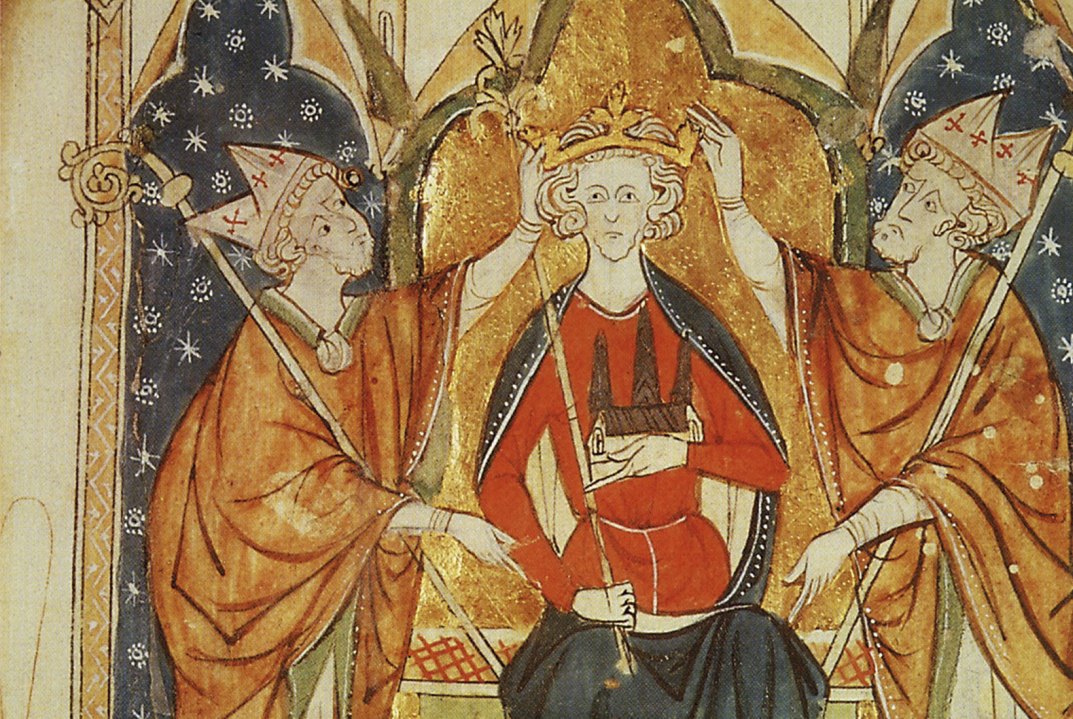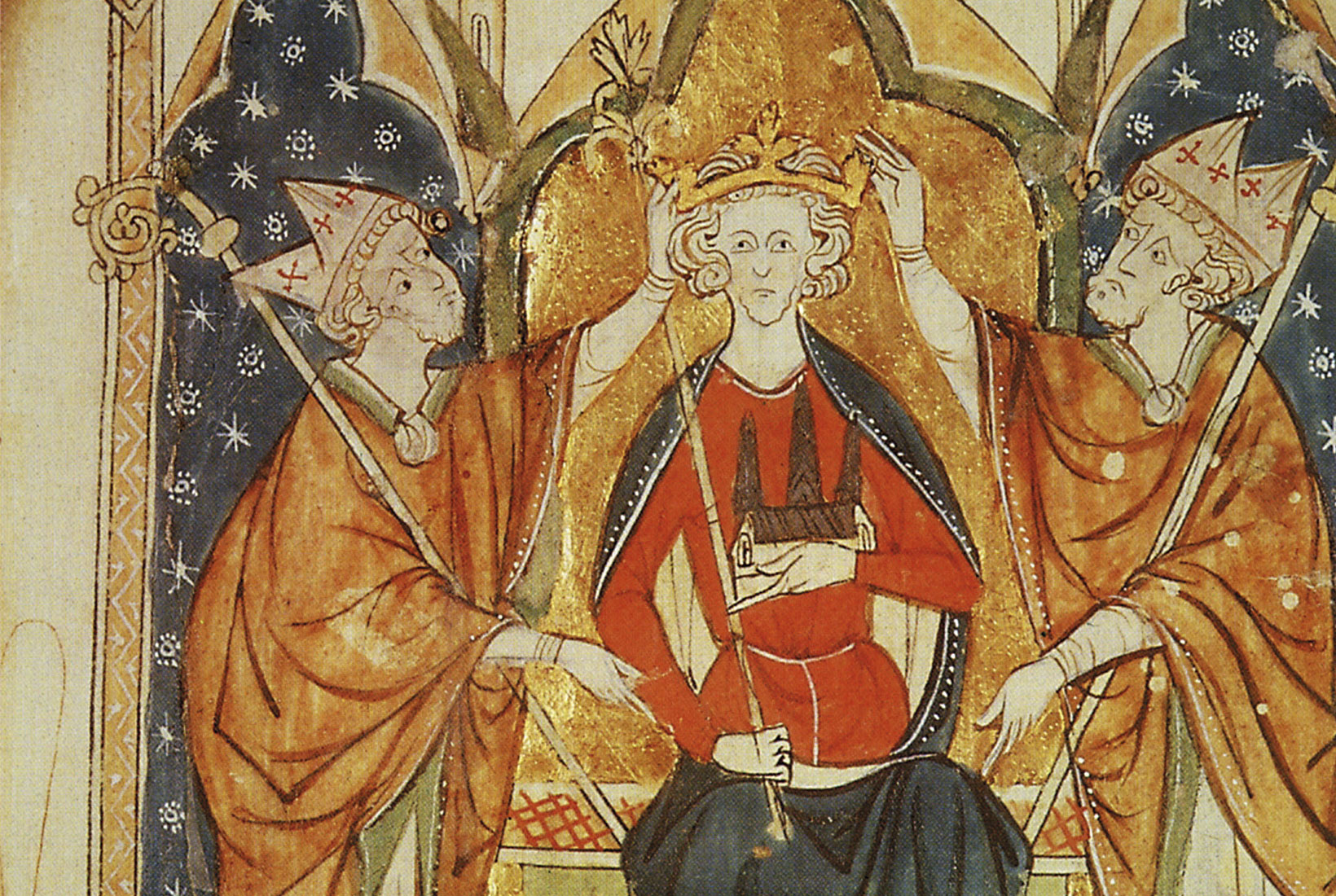Watching Heston Blumenthal arrange the infernal horror that is a lamprey’s head on a plate is one thing; seeing an enthusiastic dinner guest suck the raw, bloody meat out of it is quite another — something you will never, in fact, unsee. But finding the YouTube link to this spectacle in the chatty preface to an academic book on Henry III is quite the best indicator that you are in for a colourful ride.
David Carpenter has chosen his subject thoughtfully. The history of English kings and queens is a well-trodden path, yet even aficionados struggle to list three things Henry did well and three areas in which he needed to improve. He is rarely given much space in accounts of the Plantagenets, with the last real exploration being Maurice Powicke’s 1947 biography, but that was more of a charcoal sketch than an anatomical study.
Henry’s relative obscurity is baffling compared to his contemporaries. His reign was long and dramatic, yet no one has thought him worthy of one of those memorable medieval monikers, such as his despotic father John’s ‘Lackland’ — or ‘Soft Sword’, as his barons sniggered behind the royal back — or his hawkish son Edward I’s ‘Longshanks’, or ‘the Hammer of the Scots’.
Henry came to the throne, aged nine, in 1216, the year after King John grudgingly sealed Magna Carta but failed to prevent England erupting into civil war. The barons then invited Prince Louis of France to London, where he was proclaimed king. Only the long experience of William Marshall, who had served the previous four kings, brought the barons back to Henry one by one, securing his crown.
Carpenter’s Henry is an affable, big-hearted man with none of the malice of his father or the martial skills of his son.








Comments
Join the debate for just £1 a month
Be part of the conversation with other Spectator readers by getting your first three months for £3.
UNLOCK ACCESS Just £1 a monthAlready a subscriber? Log in